
We may not know exactly what they are, but we now know where one of them came from.
For the first time, astronomers have pinpointed the home galaxy of “fast radio bursts,” which are very short-lived pulses of radio waves that come from outer space. The discovery pushes scientists closer to understanding what causes these powerful but fleeting pulses of radio waves, which some people speculate could be signals from alien life.
Fast radio bursts, which are highly energetic but last just a few thousandths of a second, have puzzled astrophysicists since their discovery a decade ago. Since 2007, 18 of these bursts have been recorded by telescopes around the world. But only one, discovered in November 2012 at the Arecibo Observatory in Puerto Rico, has repeated numerous times.
By using telescopes from around the world, “we now know that this particular burst comes from a dwarf galaxy more than 3 billion light-years from Earth,” said astronomer Shami Chatterjee of Cornell University.
Prior to this discovery, astronomers had lacked the definitive proof that the bursts come from far outside our Milky Way galaxy.
The dwarf galaxy itself, which is less than 1% of the mass of our Milky Way galaxy, is rather unremarkable. “It is surprising that such an exotic source is hosted by such an unimpressive galaxy,” said Joan Schmelz of the Arecibo Observatory.
Though where the burst comes from may have been solved, exactly what it is remains uncertain. The top candidates, the astronomers suggested, are a potpourri of outer-space objects, anything from a neutron star to a supermassive black hole.
“There is still a lot of work to do to unravel the mystery surrounding fast radio bursts,” said McGill physics professor Victoria Kaspi, a senior member of the international team that conducted the research. “But identifying the host galaxy for this repeating fast radio burst marks a big step toward solving the puzzle.”
Scientists presented their findings at the American Astronomical Society’s meeting in Grapevine, Texas, in the peer-reviewed British journal Nature, and in companion papers in the Astrophysical Journal Letters.

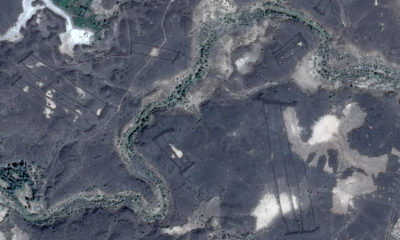
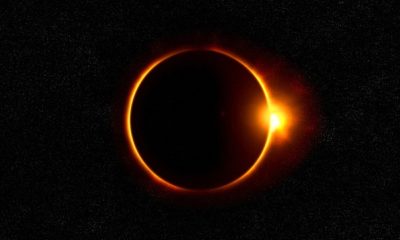
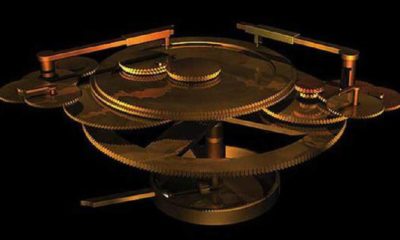

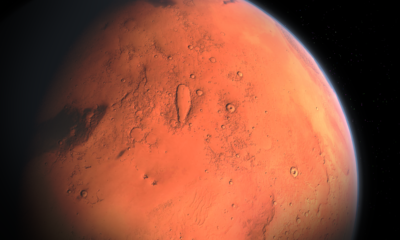
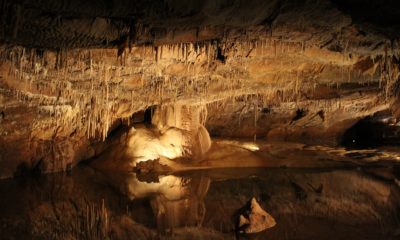

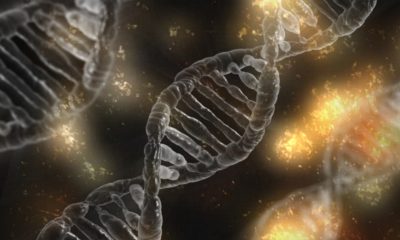






Facebook
Twitter
Pinterest
Google+
LinkedIn
Email